Breath by Breath: Unlocking the Power of Proper Breathing
Hi Friend!
Let's chat about the vital role of breath today. After all, it’s not termed “The Breath of Life” for nothing. Breathing is one of the most fundamental functions of the human body, essential not only for fueling us with oxygen but also for clearing a foggy mind and strengthening our muscles. Despite its importance and growing attention, many people fail to master the art of breathing to optimize bodily functions.
From Shallow to Deep: Journey to Better Breathing
Understanding effective breathing is essential. If you've attended a Pilates class, you might recognize the instruction to "Knit your ribcage close." Here’s what occurs when you breathe: As you inhale, your diaphragm contracts and moves downward, expanding your lungs. Your intercostal muscles lift and widen your rib cage, allowing air to flow through your trachea into your lungs and reach the air sacs. There, oxygen is exchanged with carbon dioxide during exhalation. This vital process repeats 17,000 to 30,000 times daily. That’s a lot!
Are you using the wrong muscle when you exhale?
In the human body, each component plays a crucial role. The latissimus dorsi (lats), the widest muscle in the body, is essential for shoulder movement and stability. It can also serve as a secondary breathing muscle. However, when primary breathing muscles like the intercostals and diaphragm are weak, there's a tendency to overuse accessory muscles like the lats, which can lead to increased tension and tightness.
Tight lats can:
1. Limit rib cage mobility, affecting how you inhale (which can then affect how you exhale).
2. Pull down on the neck, leaving attaching muscles constantly lengthened and creating neck tension.
3. Pull the pelvis into an anterior pelvic tilt, contributing to back tightness and lower belly pooching and affecting how other hip muscles can function.
Adapting Better Breathing Techniques
While deep inhalations are important, many people only exhale about 70% of their lungs' carbon dioxide. Focusing on complete exhalations, as if blowing bubbles, can be more effective. Creating resistance by inhaling through pursed lips or a straw can also enhance breathing efficiency. Try this quietly to engage more of your diaphragm and less of your accessory muscles.
Need a little extra help?
When teaching a client breath patterns, the first thing I do is isolate their diaphragm. And though 1:1 training is a wonderful way to learn, you can teach your body new tricks at home with the power of weighted props. A weighted pillow, placed on the abdomen while lying down, naturally encourages diaphragmatic breathing. This technique involves the diaphragm contracting downwards, expanding the lungs fully, and allowing for a deeper inhalation. The added weight helps to increase awareness of how the belly rises and falls, promoting a focus on longer, slower breaths that activate the parasympathetic nervous system — the part of your body responsible for relaxation.
My Go-To Prop for this is the Crystal Cove Meditation Pillow. I LOVE this one and highly recommend!
Until next week, breathe on friends.
In love & alignment,
Maddie


